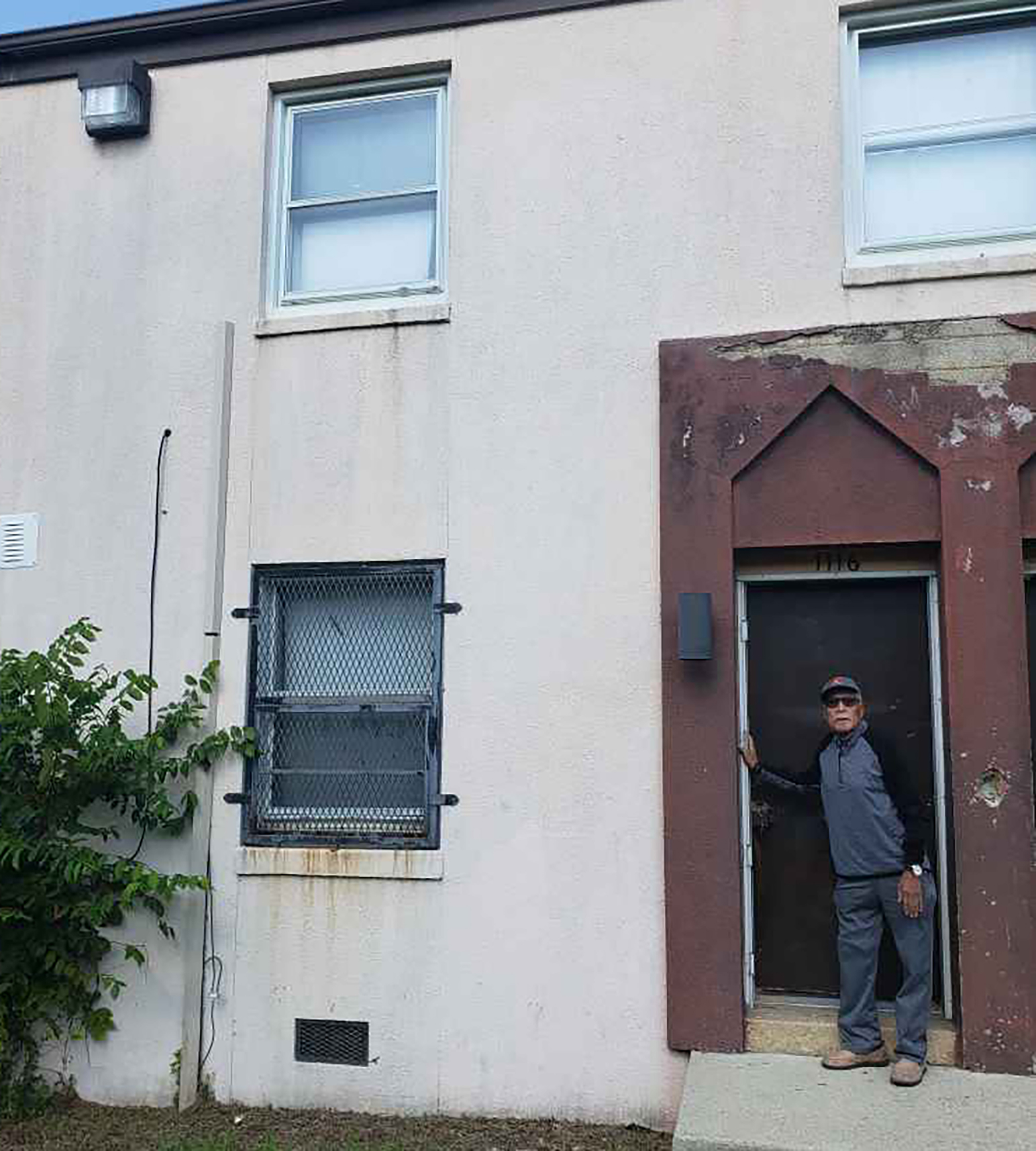
By Sydney Ware
Trinity Times Correspondent
For Trinity Washington University student Jennifer Kelly-Figueroa, gentrification in Washington is not just an abstract idea, it’s something she’s been directly affected by.
Kelly-Figueroa spent the first 15 years of her life in a tiny, single-bedroom apartment in the District of Columbia’s U Street corridor, a space she shared with both of her parents and six siblings.
That apartment complex was more than a community to her. It was a family where she felt loved and surrounded by people who genuinely had her best interests at heart.
That came to an end when Kelly-Figueroa’s family and all the other tenants were bought out for a low sum of money.
“We had three months to move,” she said. “I remember boxes on boxes in the rooms. Everyone in my house was like, ‘we don’t know where to go. Three months to find a house or an apartment in D.C.?’ It was crazy.”
While living in that tiny apartment, Kelly-Figueroa’s family often found themselves without heating and with minimal security from outsiders.
Gentrification has rapidly changed the conditions of her old neighborhood.
Now that poorer tenants have been forced out, issues commonly complained about in 2015 have largely been resolved.
Kelly-Figueroa is not the only Washingtonian not reaping the benefits from major changes being made across the city.
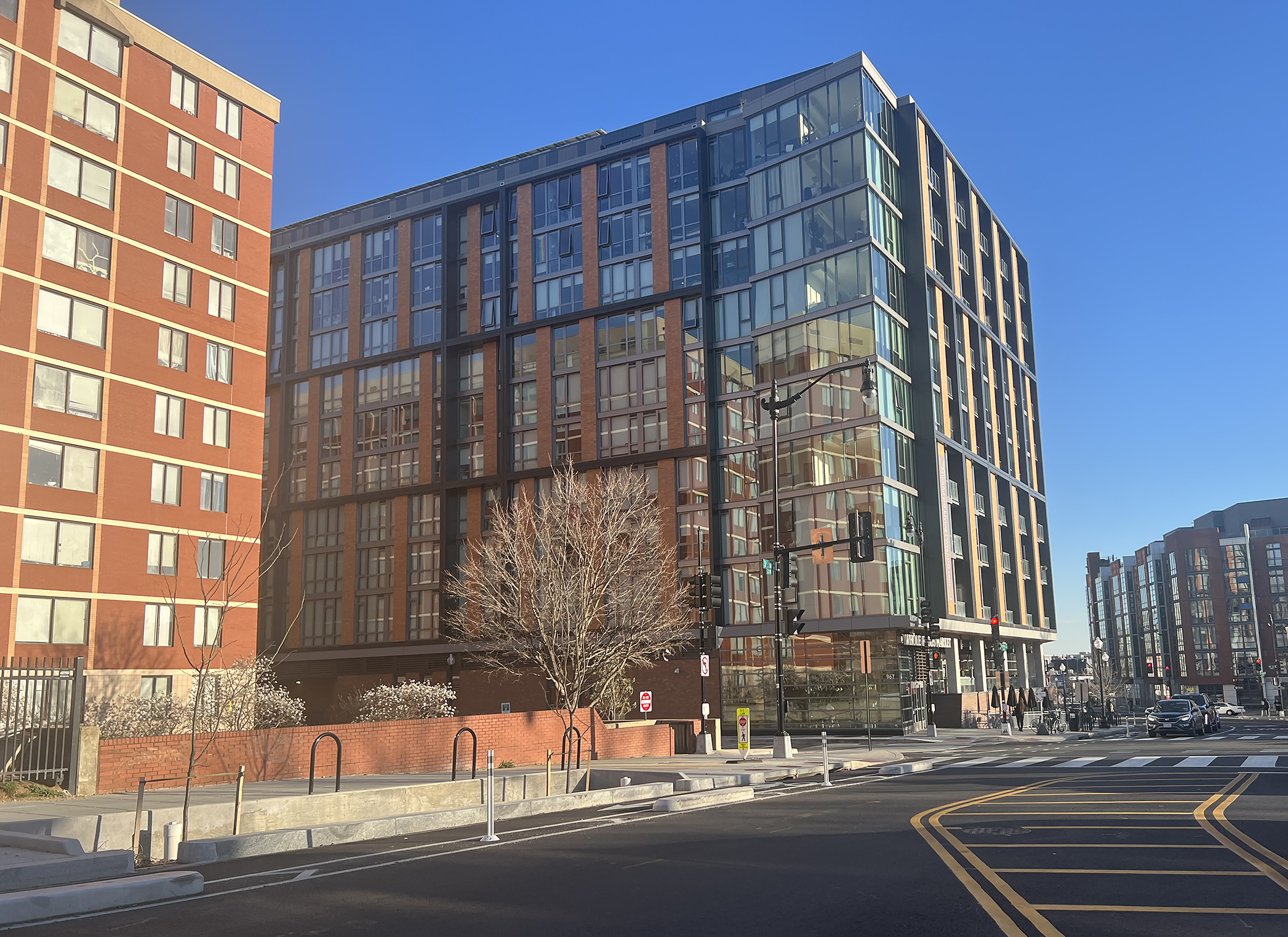
Known in the 1970s as “Chocolate City,” D.C. has seen a major decrease in its Black population. While a city’s demographics are expected to change over several decades, Black residents are being displaced at much larger rates than other cities, especially in neighborhoods like Washington’s Navy Yard.
The National Geographic Society defines gentrification as a process where wealthy individuals begin to move into poor or working-class communities, complete extensive renovations, enticing developers to build more upscale housing and businesses in the area, resulting in higher housing prices and soaring rents that become out of reach of the original residents.
In short, gentrification is the process of changing the character of a neighborhood, moving in more affluent residents and businesses, while often displacing the people who have lived in the area for generations.
From 1980 to 2020 D.C.’s Black population slid from 70% to just 41%, according to the U.S. Census Bureau, and since the city is no longer a majority Black, the term “Chocolate City” no longer applies.
Washington was once ranked as the most gentrified city in the U.S. by the National Community Reinvestment Coalition, but that organization downgraded it to 13th on their list in 2020.
Yet, gentrification is still making it harder for the families and friends of many Trinity students to afford living in Washington.
According to ArcGIS StoryMaps, a website dedicated to telling the stories of different locations through detailed mapping, the Black population of the Navy Yard area has decreased from 95% in 2000 to and astounding 24% just 18 years later. The white population increased from 3% to 68% in the same time span.
Steadily increasing costs of renting or buying homes in D.C., especially in areas surrounding universities, serves as another factor pushing local families out.
In neighborhoods around Howard University, for example, the increase in home value was 354%, the highest in the city, according to ArcGIS StoryMaps.
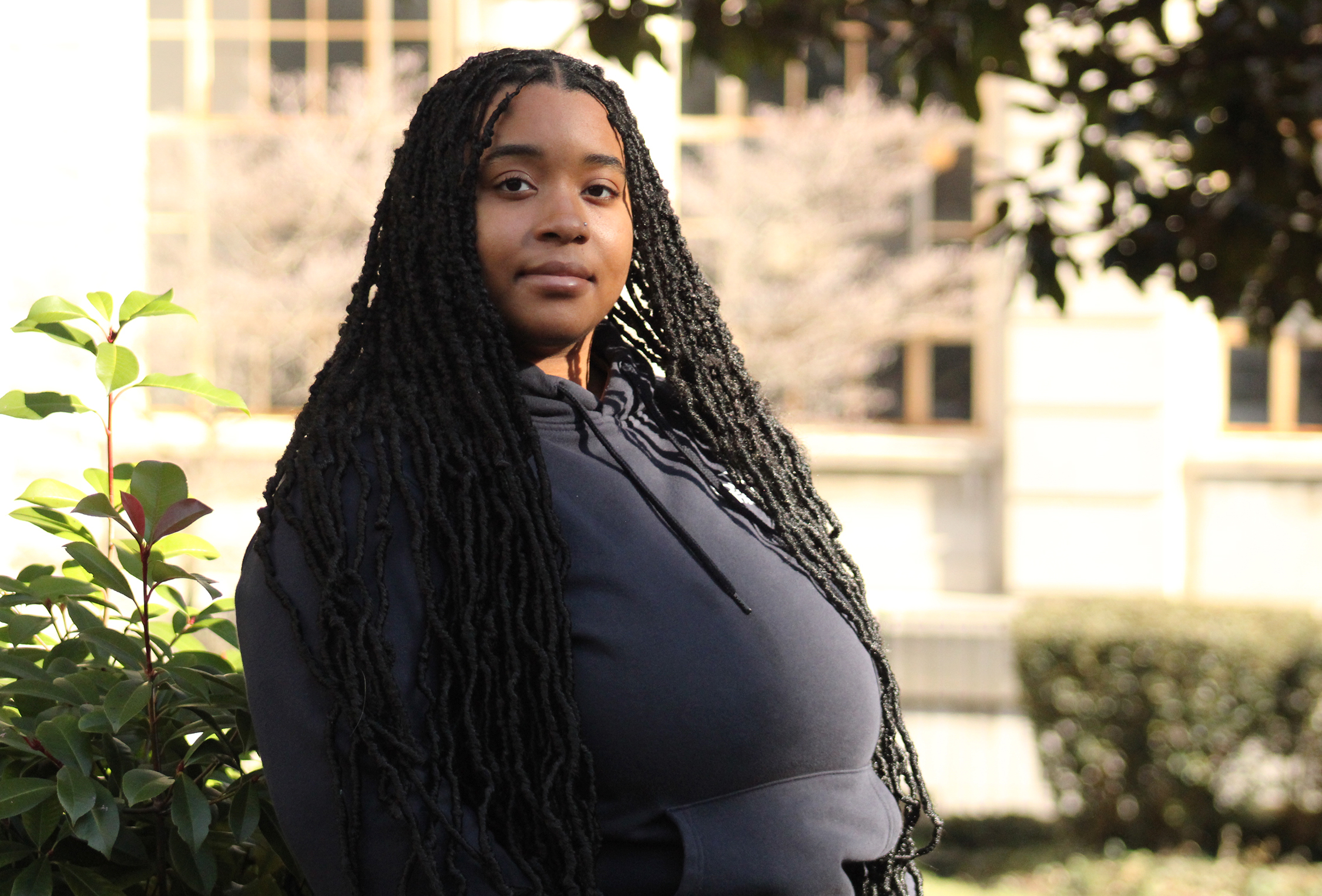
It appears to Washington natives like Kelly-Figueroa that it has been more convenient to simply push poorer residents out.
Trinity freshman Chyia Thomas has witnessed how drastically D.C. has changed and it’s frustrated her to a boiling point.
“I think as a D.C. native,” Thomas said, “gentrification is more than just new buildings being built or ‘urbanization’. It’s (about) erasing our culture, … all so D.C. can look more polished and appealing.”
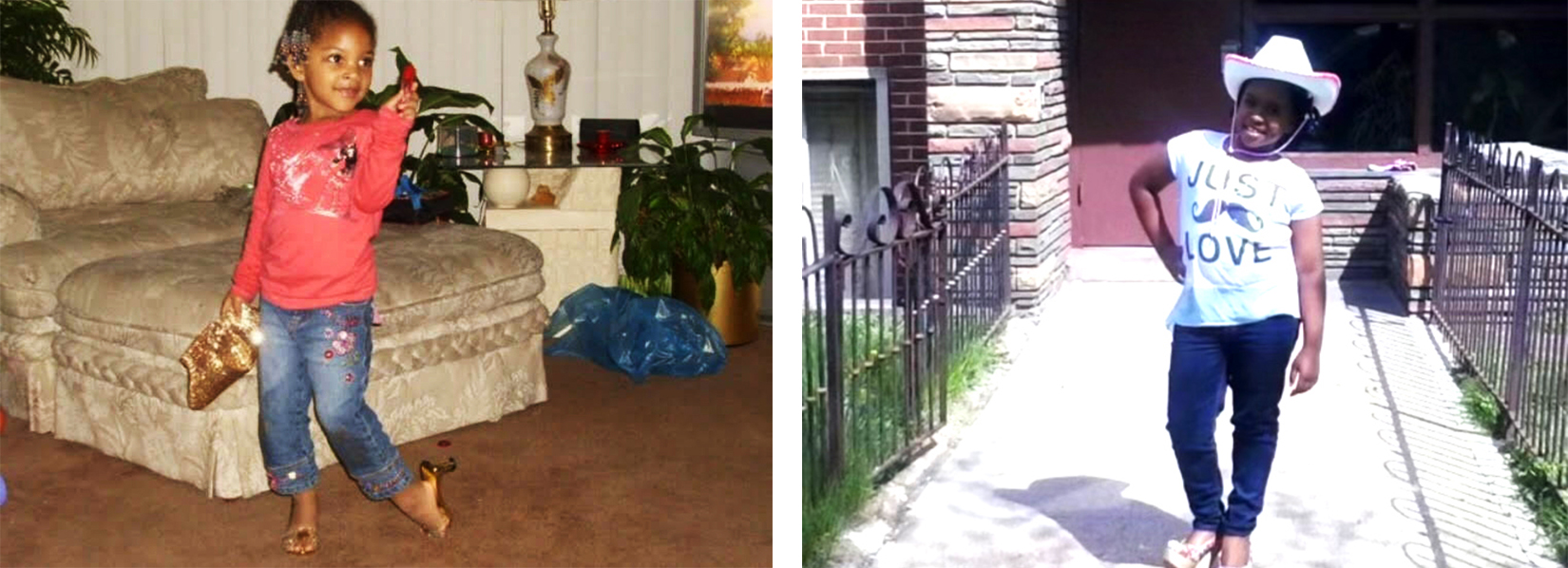
Thomas told Trinity Times her mother, Alisha Thomas, is blunter about it, stating emphatically that the Black residents in those changing communities are not being considered at all when the city remodels or “beautifies” certain areas.
Her grandfather’s neighborhood, consisting mostly of senior citizens, is set to be demolished and rebuilt in the coming years, and since he is disabled and hasn’t worked in years, finding affordable housing for him will be very difficult.
“It’s out of their control,” Alisha Thomas said. “My dad is disabled. But they keep going up on his rent and he’s trying to figure out why.”
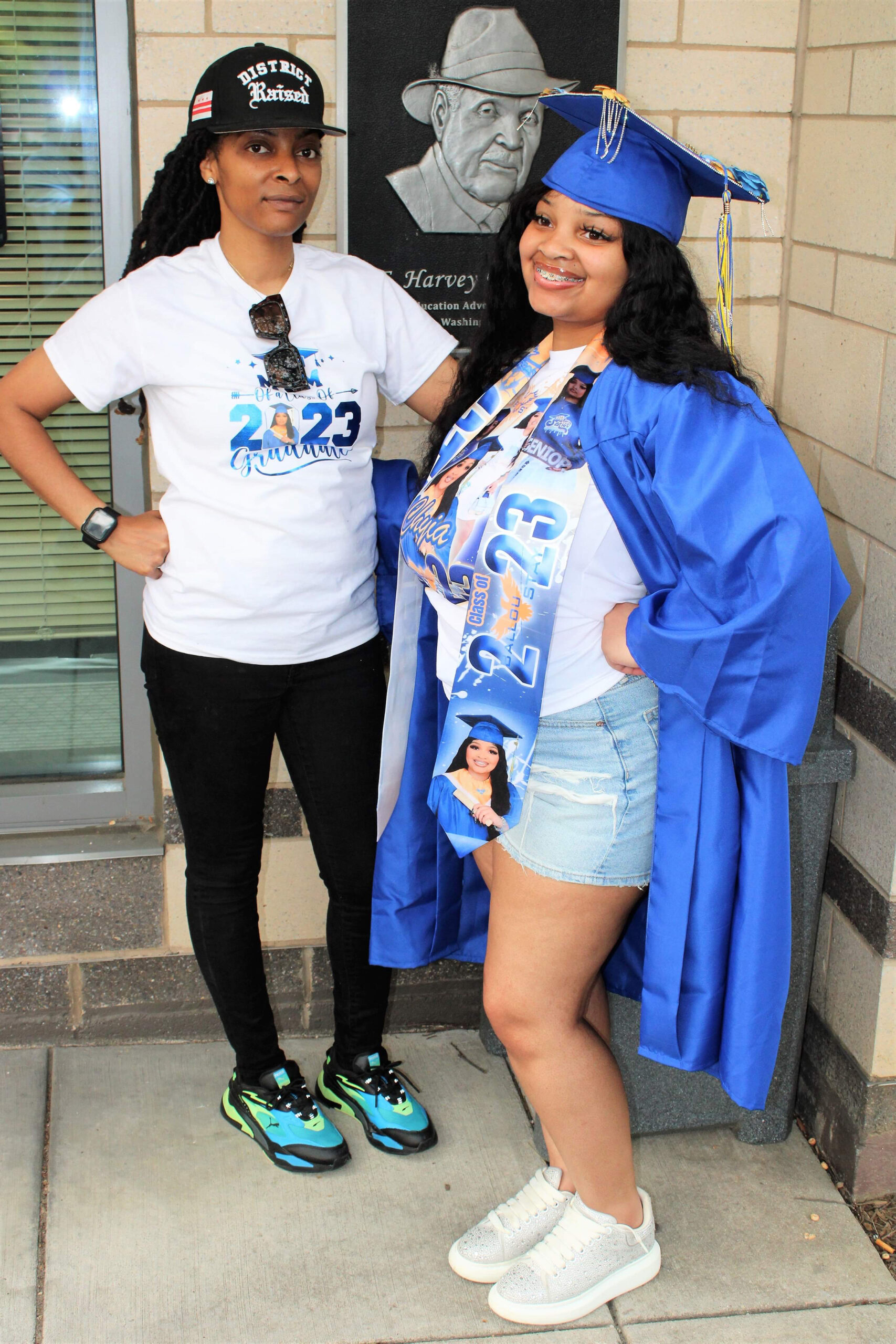
Black residents are being pushed out of gentrified neighborhoods simply because they are the original residents, said Joshua Wright, associate professor of Global Affairs at Trinity.
Although Wright has moved around the Metropolitan Washington area throughout his life, he acknowledges that most people he has seen displaced are African Americans.
“It’s been happening for decades,” Wright said. “Not just in Barry Farms, not just in Navy Yard, but even in a place like Georgetown, (which had) a flourishing Black community for a number of years. If you go to Georgetown now… it’s not like that anymore.”
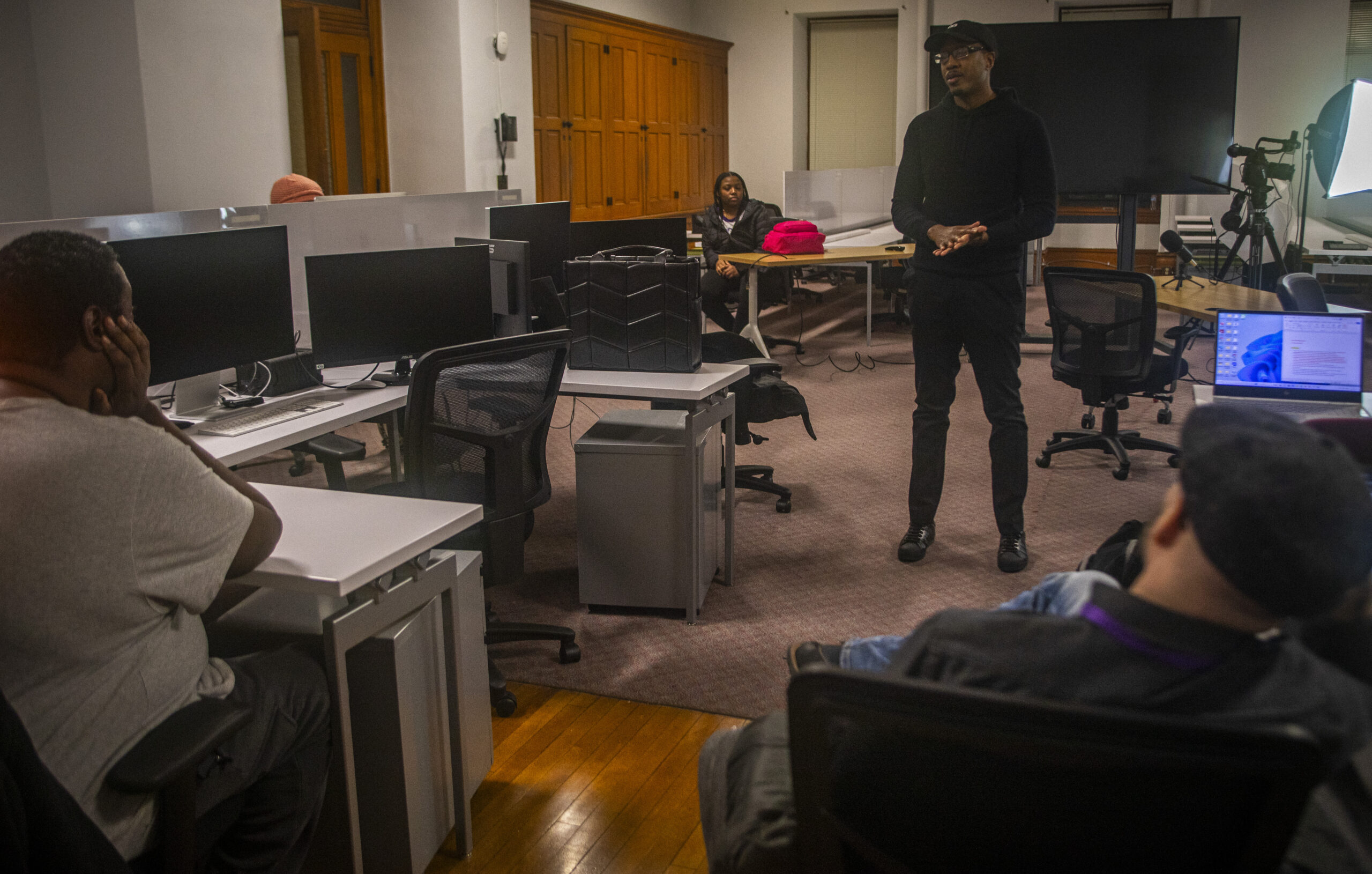
Many residents have decided to get ahead of gentrification and search out more affordable housing in areas surrounding the District.
A 2022 study by the nonpartisan Brookings Institution found that the Black median household income was $45,072, less than a third of the white median household income of $141,650. Without increased investments in affordable housing, poorer families face severe rent burdens that will continually destabilize their lives, Wright said.
Some Washingtonians have called on D.C. Mayor Muriel Bowser to do more to live up to the statements made on her website.
While the Bowser did call for 12,000 affordable housing units for low-income families to be built by 2025, as of 2019, only 4,000 were constructed.
Kelly-Figueroa sees these promises from government officials as hollow. “They promised us that our building was going to be revamped for more than half of my life,” Figueroa said. “They did nothing to help us. If anything, it felt like they kicked us out. I don’t believe any of what was promised is true.”